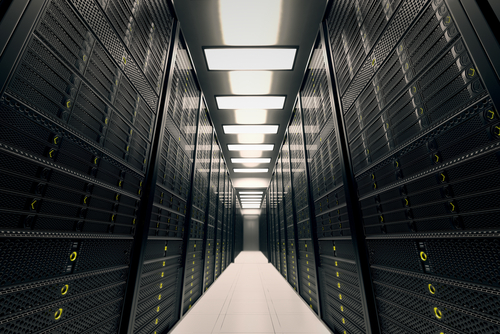DCIM stands for Data Center Infrastructure Management, a solution that is designed to look at multiple factors in data management systems (often related to hardware performance and similar issues). A proper DCIM implementation can provide companies with incredibly useful data when it comes to renovating server rooms, charting the power use or conditions of data center racks, upgrading data systems, and spotting problems. However, several challenges await companies intent on DCIM – challenges managers should be well aware of.
The Alignment Issue
This issue frequently plagues companies consider major data overhauls and other implementations. No matter what changes you are considering, they need to align with long-term company goals. Particularly in the case of DCIM, there are so many different directions to take infrastructure management that it’s easy to get caught up in features and not pay enough attention to what the business really needs.
The solution to this is to start with complete data and goal mapping, during which companies should create key metrics to follow in their data center (power consumption, security, frequency, etc.). These metrics should represent the goals that the company wants to accomplish with this upgrade. The DCIM solution should then be built around those metrics.

The Need for Major Upgrades
This is a multi-pronged issue which deals with the current data infrastructure vs. the desired DCIM system. Gap analysis often shows vast areas that need improvement, and this can catch many businesses by surprise. For example, a company may not even have the right kind of sensors in place to provide the data that the DCIM software is designed to pick up. Or they could have the right kind of sensors but the wrong type of data format. If the sensors are right, their connections could be wrong. Some power panels may have the right energy meters, while older panels may lack energy meters altogether, and so on.
As you can see, the need for extensive renovation and retrofitting is often high, and this can throw some companies for a loop. The best solution is to start early and have IT develop a full list of all features that need to be updated or implemented to have the DCIM solution work as intended. Then it’s time for some serious cost analysis. Often the upfront cost is high and takes years to fully recoup.
Security with DCIM
Another key challenge with DCIM is guaranteeing security, which may pose different problems for different companies. Make no mistake, DCIM is closely connected to the most sensitive data that companies deal with, so it cannot become a weak point for attack. This is particularly tricky, because accessing one part of the infrastructure (say, for environmental conditions around servers) could allow hackers to enter another part of the infrastructure (say, storage that includes important financial information). This isn’t theory, it’s a weakness that has been exploited by hackers before, as in the infamous Target case.
A DCIM implementation must include robust security options from the top down, allowing enough communication throughout the infrastructure but including filters and firewalls at all access points to prevent trouble. It’s a complex issue that requires a lot of careful balancing, which means that skilled IT and security consultation is more important than ever before.
Katrina is a leader in the IT industry with innovative ideas and custom solution as a product specialist for rack solutions.




